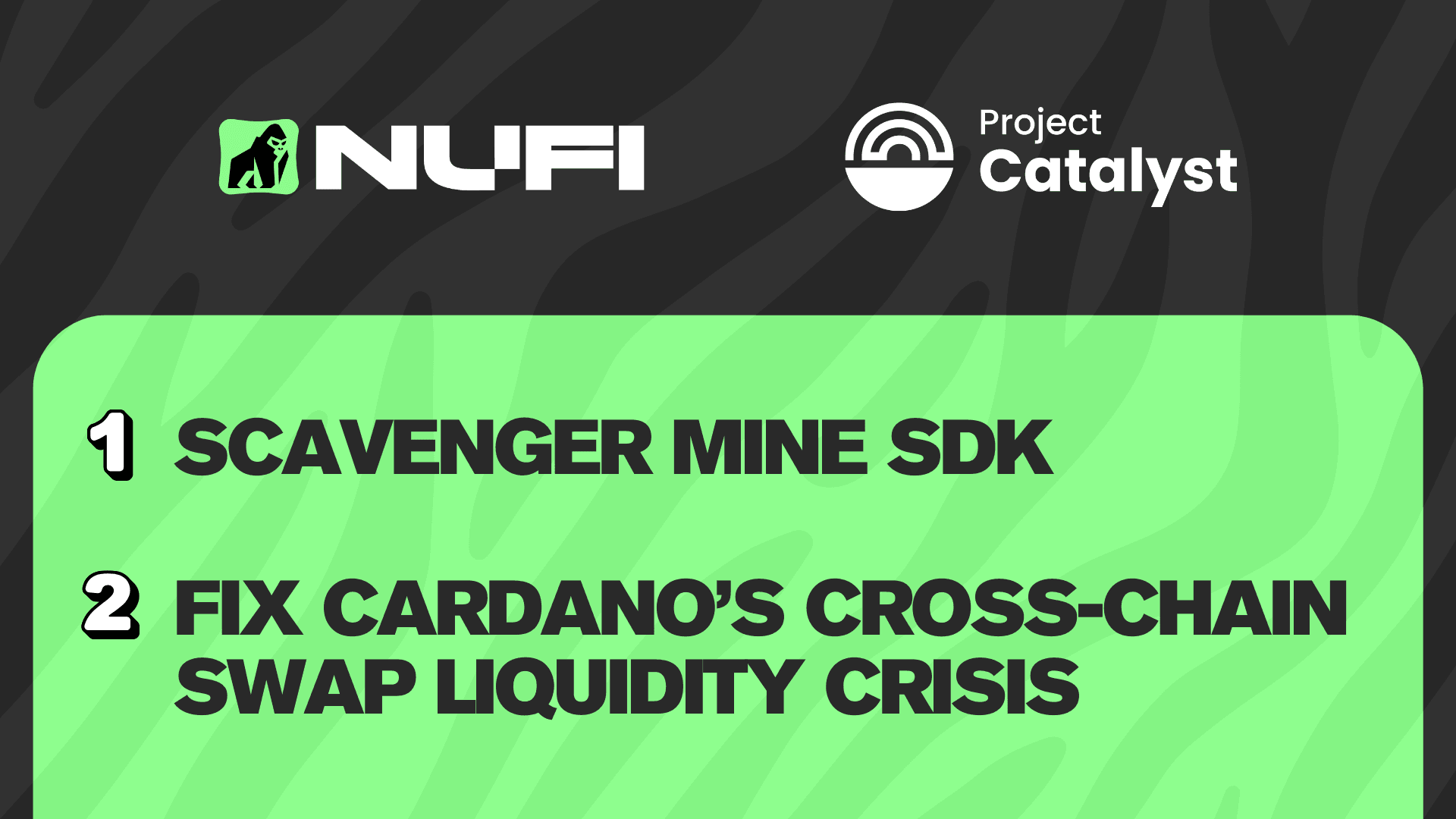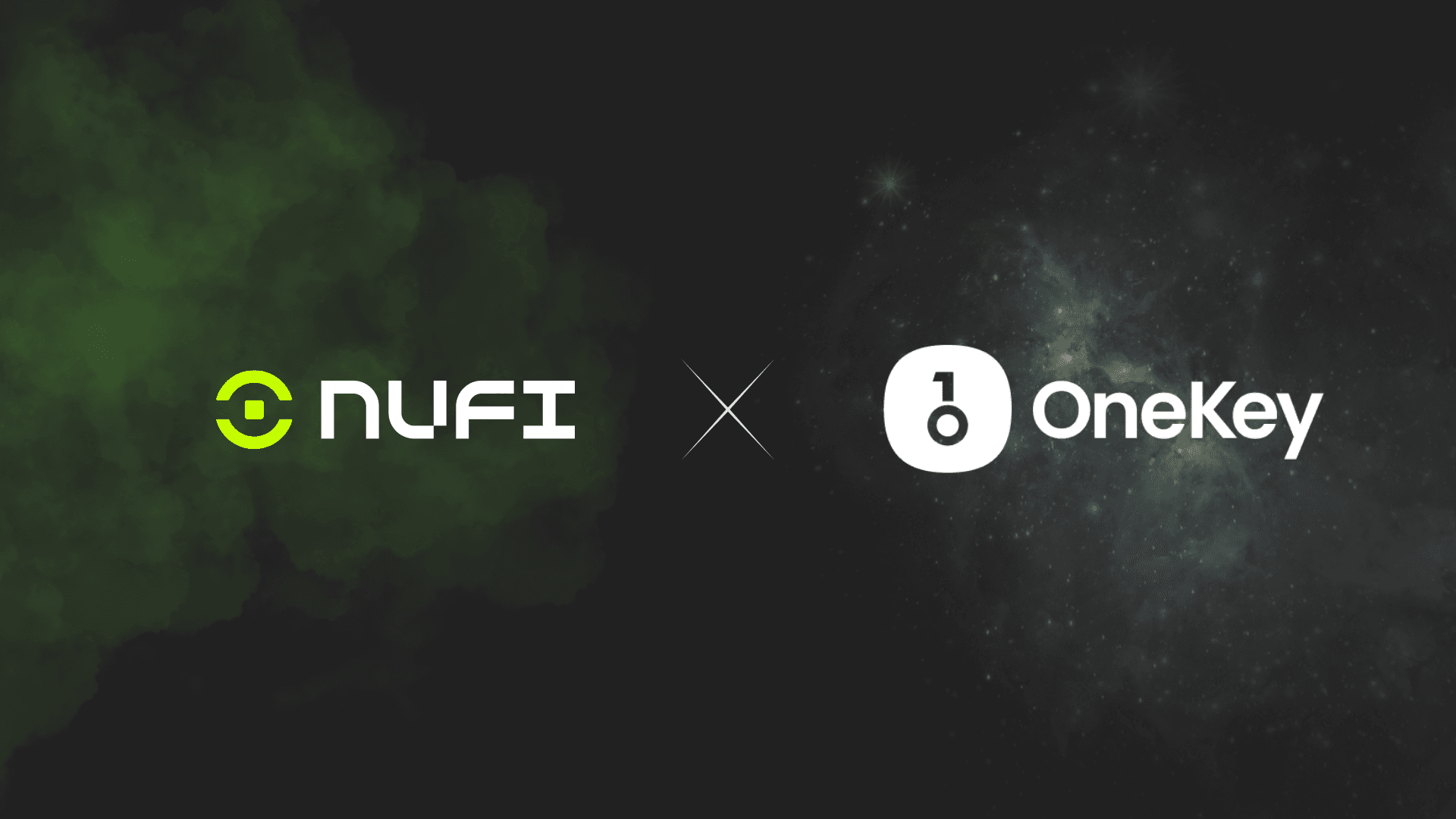Initial Coin Offering (ICO): Definition, Risks, Pros, and Cons
8 min read
Sep 25, 2024
Explore the world of Initial Coin Offerings (ICOs) in this comprehensive guide. Learn how ICOs work, their benefits, risks, and evolution in the crypto space.

Initial Coin Offerings (ICOs) have emerged as a revolutionary fundraising method. But what exactly is an ICO, and why has it captured the attention of investors and entrepreneurs alike? This comprehensive guide will delve into the intricacies of ICOs, exploring their mechanics, history, and impact on the financial world.
Also read: What Is Polygon (POL) And How It Works
Whether you're a curious investor, a blockchain enthusiast, or simply someone looking to understand this cutting-edge financial instrument, this article will provide you with a solid foundation. From the basics of how ICOs work to advanced investment strategies, we'll cover everything you need to know about this innovative fundraising mechanism.
What is an Initial Coin Offering?

An Initial Coin Offering (ICO) is a fundraising method used primarily by blockchain-based startups to raise capital for their projects. In essence, it's a form of crowdfunding that allows companies to bypass traditional venture capital routes and appeal directly to potential investors.
Key Characteristics of ICOs
- Token-based: Companies issue digital tokens or so-called altcoins in exchange for investment.
- Blockchain-powered: ICOs typically utilize blockchain technology to create and distribute tokens.
- Open participation: Unlike traditional IPOs, ICOs are often open to a global pool of investors.
- Early-stage funding: ICOs usually occur in the early stages of a project's development.
Explore Crypto With NuFi

NuFi wallet is your safe and secure multichain crypto wallet, which you can use to swap crypto for crypto, stake cryptocurrencies, or simply access the Web3 space with our social login. Easily access millions of digital assets across multiple blockchains.
You can also export all your transactions in CSV format. Install NuFi wallet as a browser extension or use it as a web wallet in 10 seconds.
How Do ICOs Work?
Understanding the mechanics of ICOs is crucial for both potential investors and entrepreneurs considering this fundraising method.
Let's break down the process step by step:
- Project Conception: A company or team develops an idea for a blockchain-based project.
- Whitepaper Creation: The team creates a detailed whitepaper outlining the project's goals, technology, and token economics.
- Token Development: The company creates a token on a blockchain platform (often Ethereum) to be used within their ecosystem.
- ICO Announcement: The team announces the ICO, including details such as token price, sale duration, and investment caps.
- Marketing and Promotion: The project is marketed to potential investors through various channels.
- Token Sale: Investors purchase tokens using cryptocurrency (usually Bitcoin or Ethereum) or sometimes fiat currency.
- Token Distribution: After the sale, tokens are distributed to investors' wallets.
- Project Development: The team uses the raised funds to develop the project as outlined in the whitepaper.
Comparison of ICOs with STOs, IEOs, and DAICOs
While ICOs have been groundbreaking, the crypto space has evolved to include other fundraising mechanisms.
Let's compare ICOs with some of these alternatives:
Security Token Offerings (STOs)
- Regulation: STOs are more heavily regulated and comply with securities laws.
- Investor Protection: Offer more investor protection due to regulatory oversight.
- Asset Backing: Tokens often represent ownership in real-world assets.
Initial Exchange Offerings (IEOs)
- Platform: Conducted directly on cryptocurrency exchanges.
- Vetting Process: Projects are typically vetted by the exchange before listing.
- Immediate Liquidity: Tokens are immediately tradable on the hosting exchange.
Decentralized Autonomous Initial Coin Offerings (DAICOs)
- Governance: Incorporate elements of Decentralized Autonomous Organizations (DAOs).
- Fund Release: Funds are released gradually based on investor voting.
- Refund Mechanism: Investors can vote to refund the remaining funds if dissatisfied with progress.
The History and Evolution of ICOs
The journey of ICOs from a niche concept to a global phenomenon is a testament to the rapid evolution of blockchain technology.
2013: The First ICO
Mastercoin (now Omni) conducted the first-ever ICO, raising about $500,000 in Bitcoin.
2014: Ethereum's Game-Changing ICO
Ethereum raised $18 million, setting a new standard for ICOs and introducing smart contracts.
2017: The ICO Boom
ICOs gained mainstream attention, with projects like Filecoin raising over $250 million. The total amount raised through ICOs in 2017 exceeded $5 billion.
2018: Regulatory Scrutiny
Increased regulatory attention led to a decline in ICO popularity. Many countries began developing frameworks to regulate ICOs.
2020 and Beyond: The DeFi Era
ICOs evolved into more specialized offerings like IEOs and STOs. The rise of Decentralized Finance (DeFi) introduced new token distribution models.
ICOs in the Era of DeFi and Web3
The landscape of ICOs has significantly transformed with the advent of Decentralized Finance (DeFi) and Web3 technologies:
DeFi Integration
Many ICOs now focus on DeFi protocols, offering tokens that provide governance rights or revenue sharing in decentralized applications.
Tokenomics Evolution
ICO token models have become more sophisticated, often incorporating staking, yield farming, and liquidity mining mechanisms.
Web3 Focus
ICOs are increasingly aligned with Web3 principles, emphasizing decentralization and user ownership of data and assets.
Cross-Chain Compatibility
Modern ICOs often design their tokens to be compatible across multiple blockchain networks, enhancing interoperability.
The Purpose and Benefits of ICOs
ICOs serve several purposes and offer benefits to both project creators and investors:
For Project Creators
- Access to Capital: Enables startups to raise funds without giving up equity.
- Global Reach: Allows projects to attract investors from around the world.
- Community Building: Creates a base of token holders invested in the project's success.
- Marketing Boost: ICOs can generate significant publicity for a project.
For Investors
- Early Access: Opportunity to invest in potentially groundbreaking projects at an early stage.
- Liquidity: Tokens can often be traded soon after the ICO.
- Potential High Returns: Some ICO tokens have yielded significant returns for early investors.
- Democratization of Investment: Allows smaller investors to participate in startup funding.
How to Participate in an ICO
Participating in an ICO requires careful consideration and preparation. Here's a step-by-step guide:
- Research: Thoroughly investigate the project, team, and token economics.
- Wallet Setup: Create a compatible cryptocurrency wallet like NuFi, which supports Ethereum, Solana, Cardano, Arbitrum, Base, BNB, and other popular chains.
- Purchase Cryptocurrency: Buy the cryptocurrency required for participation (usually ETH).
- Registration: Sign up for the ICO if required (some have KYC processes).
- Timing: Be aware of the ICO start time and any participation limits.
- Token Purchase: Follow the provided instructions to send funds and receive tokens.
- Token Storage: Securely store your newly acquired tokens.
Key Considerations
- Risk Assessment: Understand that ICOs are high-risk investments.
- Due Diligence: Verify the legitimacy of the project and team.
- Technical Understanding: Ensure you're comfortable with the technical aspects of participation.
Legal and Regulatory Aspects of ICOs
The regulatory landscape for ICOs is complex and varies significantly by jurisdiction:
United States
The SEC has classified many ICO tokens as securities, subjecting them to federal securities laws.
European Union
The EU is working on comprehensive crypto-asset regulation (MiCA) that will impact ICOs. Currently, regulations vary by member state.
Asia
Regulations range from outright bans (China) to more permissive frameworks (Singapore). Japan and South Korea have implemented specific regulations for crypto and ICOs.
Key Regulatory Concerns
- Investor Protection: Ensuring ICOs don't defraud investors.
- Anti-Money Laundering (AML): Preventing ICOs from being used for illicit activities.
- Securities Classification: Determining whether ICO tokens qualify as securities.
- Tax Implications: Clarifying the tax treatment of ICO investments and gains.
Advanced Understanding of ICOs
For those looking to delve deeper into the world of ICOs, consider these advanced topics:
1. Token Economics (Tokenomics)
Study how token supply, distribution, and utility affect the ICO's long-term viability.
2. Smart Contract Auditing
Understand the importance of smart contract security and auditing processes.
3. Game Theory in ICO Design
Explore how incentive structures and game theory principles are applied in ICO models.
4. ICO Marketing Strategies
Analyze effective marketing techniques used by successful ICO projects.
5. Post-ICO Performance Analysis
Learn to evaluate the success of an ICO beyond the initial fundraising phase.
ICO Investment Strategies
Developing a sound investment strategy is crucial for anyone considering participating in ICOs:
1. Diversification
Spread investments across multiple ICOs to mitigate risk.
2. Long-term vs. Short-term Holding
Decide whether to aim for quick gains or long-term project support.
3. Technical Analysis
Apply trading techniques to analyze token price movements post-ICO.
4. Fundamental Analysis
Evaluate the project's team, technology, and market potential.
5. Network Effect Assessment
Consider the potential for the project to gain widespread adoption.
Risk Management Tips
- Never invest more than you can afford to lose.
- Be wary of projects promising unrealistic returns.
- Keep a portion of your portfolio in more stable assets.
The Legal and Regulatory Landscape
Navigating the legal aspects of ICOs is crucial for both investors and project creators:
1. Global Regulatory Trends
Many countries are moving towards creating specific crypto and ICO regulations.
2. Compliance Considerations
Projects must navigate complex international laws when conducting ICOs. KYC (Know Your Customer) and AML (Anti-Money Laundering) procedures are increasingly common.
3. Future of ICO Regulation
Expect more clarity and standardization in ICO regulations globally. Increased cooperation between international regulatory bodies is likely.
Conclusion
Initial Coin Offerings have revolutionized the way blockchain projects raise capital, offering new opportunities and challenges for both entrepreneurs and investors. As the crypto space continues to evolve, ICOs are adapting to regulatory pressures and technological advancements, particularly in the realms of DeFi and Web3.
Read more: What is a Crypto Airdrop and How it Works
While ICOs present exciting investment opportunities, they also carry significant risks. A thorough understanding of the technology, market dynamics, and regulatory landscape is essential for anyone looking to participate in this space.
As we move forward, the lessons learned from the ICO boom and subsequent developments will likely shape more sustainable and regulated forms of crypto fundraising. Whether ICOs will remain a dominant force or evolve into new models remains to be seen, but their impact on the world of finance and technology is undeniable.
For those intrigued by the potential of ICOs, continued education, careful due diligence, and a balanced approach to risk management are key. The world of ICOs and crypto fundraising continues to offer fascinating opportunities for innovation, investment, and the reshaping of traditional financial paradigms.
Recent Posts

NUFI's Project Catalyst Fund15 Proposals
NUFI wallet is proposing two things: create a Scavenger Mine SDK, and fix Cardano's cross-chain swap liquidity crisis.
Read More

NuFi wallet x OneKey: best-in-class security while you put your crypto to work
NuFi wallet and OneKey: a potent combo for crypto users who want best-in-class hardware wallet security while staking, trading, and using dApps.
Read More